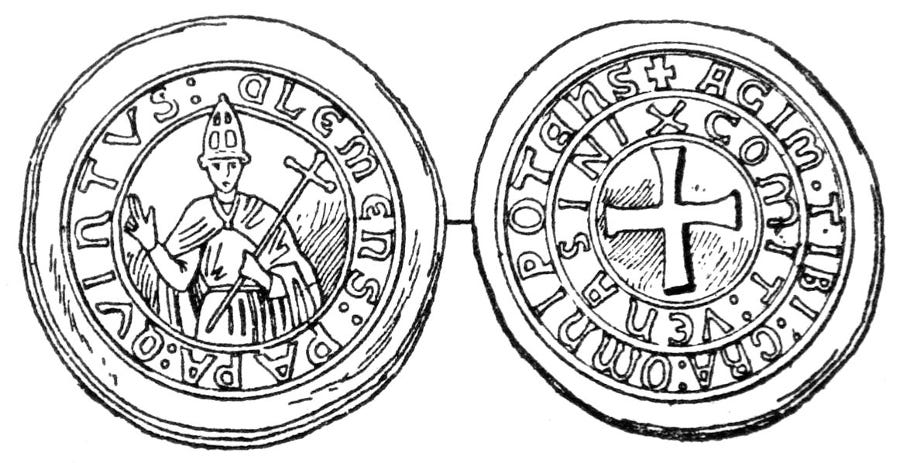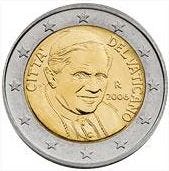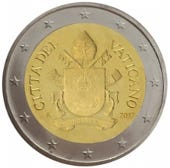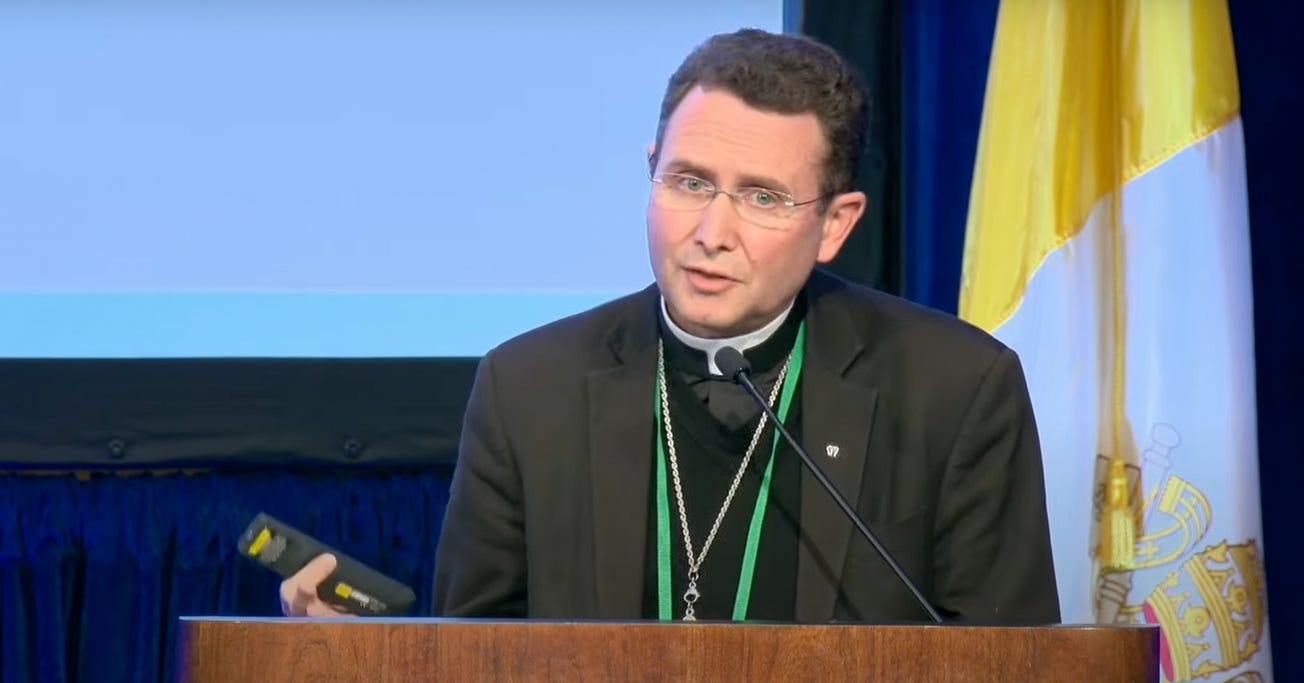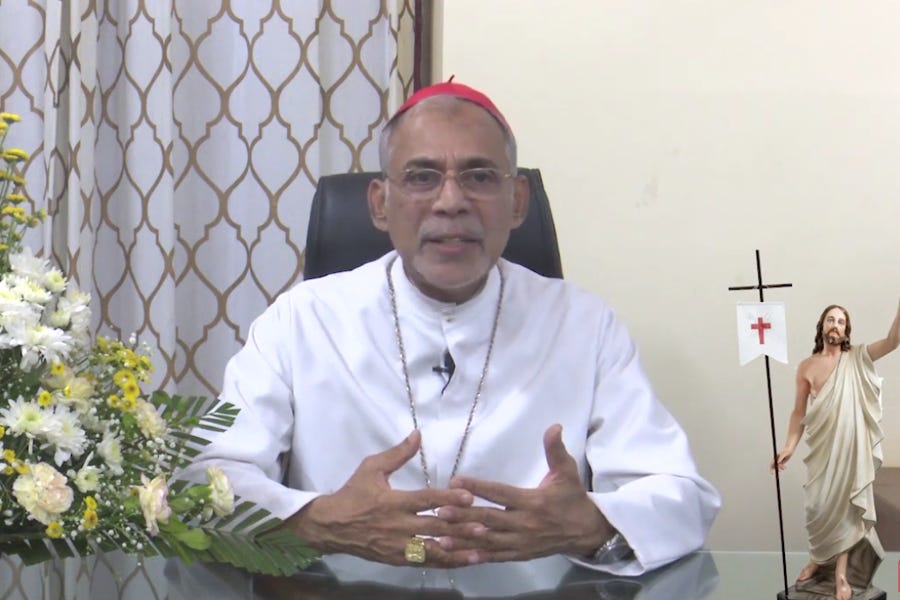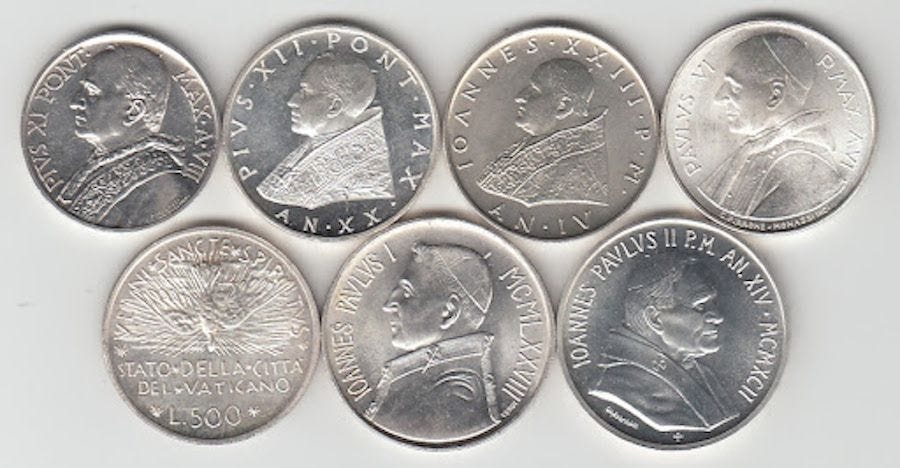
As the U.S. government this week hits the legal ceiling of federal borrowing this week, some economists have debated whether America's debt ceiling crisis could be solved by the use of a “trillion dollar coin.”
The idea is that the U.S. Treasury could take advantage of a law permitting it to mint commemorative platinum coins free of the restrictions that apply to paper currency.
Advocates claim that the Treasury could simply mint a coin worth $1,000,000,000,000 and deposit it at the Federal Reserve. The U.S. Congress, so the argument goes, would then no longer need to reach a deal to raise the nation’s borrowing limit – even while Treasury Secretary Janet Yellen says the coin isn't going to happen.
With the spotlight on the trillion-dollar coin, here’s The Pillar’s pictorial history of another unusual form of currency: Vatican money.
Papal mints
For many centuries, coins have circulated bearing the image of reigning popes.
As the Catholic Encyclopedia explains: “The right to coin money being a sovereign prerogative, there can be no papal coins of earlier date than that of the temporal power of the popes. Nevertheless, there are coins of Pope Zacharias (741-52), of Gregory III …, and, possibly, of Gregory II (715-741).”
As the system developed, the money was produced by papal mints, principally in Rome but also in other Italian cities, as well as the French city of Avignon when the papacy moved there in the 14th century.
The Papal States joined the Latin Monetary Union, which united several European currencies into one, in 1866.
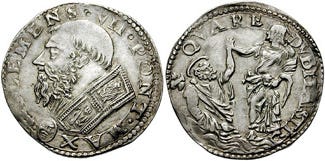
📰
The era of lira
In 1929, the Lateran Treaty recognized Vatican City as an independent city-state within Italy. Under the terms of the treaty, the tiny sovereign state issued its own coinage, denominated like Italy’s in cents and lire.
When the reign of Pius XI ended in 1939, the Vatican issued its first sede vacante lire coinage. The production of coins was reduced during the hardest years of the Second World War.
To mark the Holy Year of 2000, the Vatican issued a commemorative 100,000 lire gold coin, currently selling for around $1,200.
What's Starting Seven? Here's what you're reading, and how to get must-read morning news in your inbox, each day.
The euro era
In 1999, Italy dropped the lira in favor of the euro. A year later, the Italian authorities signed an agreement permitting Vatican City also to adopt the euro, even though the city-state does not belong to the European Union or eurozone.
The first Vatican euro coins, issued in 2002, bore the image of Pope John Paul II, the words “Vatican City,” and the 12 stars of the EU flag.
Following the death of John Paul II and the election of Benedict XVI, the Vatican issued a new design with the German pope’s profile.
After Benedict XVI’s resignation and Pope Francis’ election in 2013, the Philatelic and Numismatic Office of the Vatican City State minted images of the first Latin American pope.
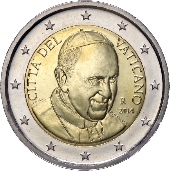
According to reports, Pope Francis said in April 2016 that he no longer wanted to be depicted on the coins. From March 2017 onwards, Vatican euros have depicted his coat of arms.


